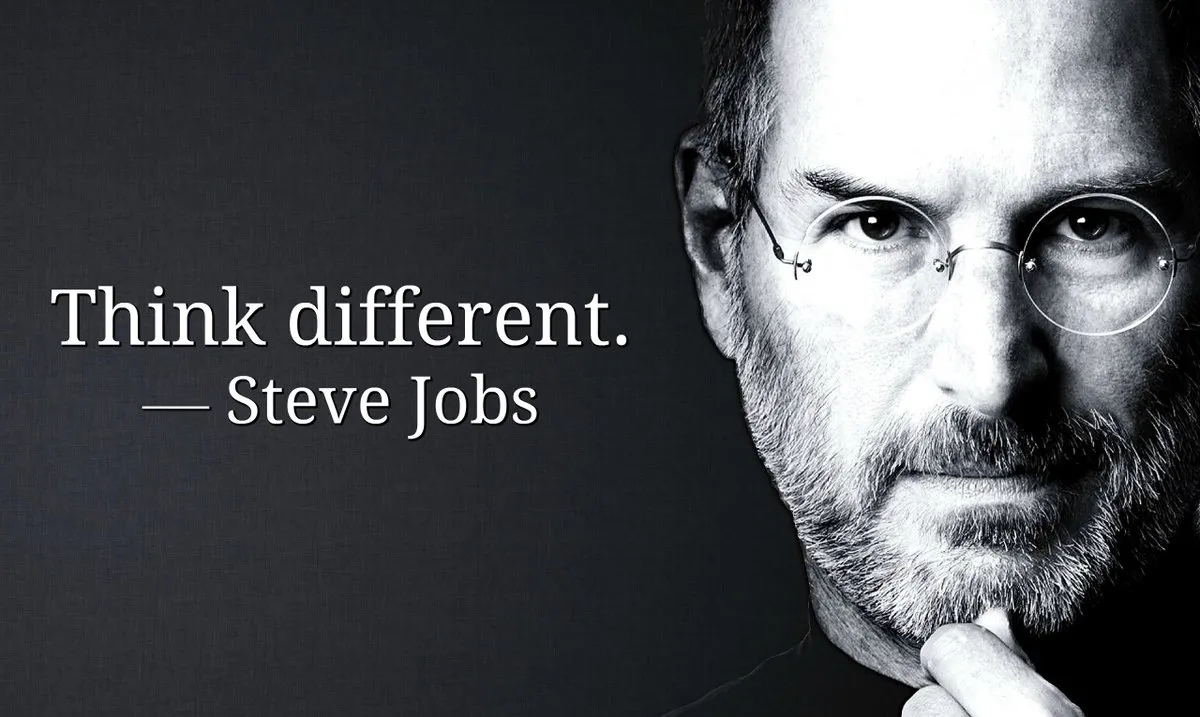.png)
Steps and Case study
Steps in decision making
General step to follow for decision making
Identify the problem or opportunity: The first step in deciding is to clearly define the problem or opportunity that needs to be addressed. This may involve gathering information and defining the goals and objectives that need to be achieved.
Generate options: Once the problem or opportunity has been defined, the next step is to generate a list of possible options or solutions. This may involve brainstorming, researching, or consulting with others.
Evaluate options: The next step is to evaluate the options and compare their potential outcomes. This may involve using decision-making tools such as decision matrices, cost-benefit analysis, or risk assessment.
Choose the best option: Based on the evaluation of the options, the next step is to choose the best option. This may involve deciding based on intuition, using a systematic approach, or a combination of both.
Implement the decision: Once the decision has been made, the next step is to put it into action. This may involve taking specific actions, communicating the decision to others, or making any necessary preparations.
Monitor and review: Finally, it is important to monitor the results of the decision and make any necessary adjustments. This may involve reviewing the decision and considering whether any changes need to be made based on new information or unexpected outcome.
Case study
Example: Steve Jobs' return to Apple
In the mid-1990s, Apple was in a dire situation. The company had been struggling for years, with declining sales, a confusing product line-up, and leadership struggles. In 1997, Apple's board of directors made the decision to bring back Steve Jobs, the company's co-founder who had been ousted a decade earlier.

Identify the problem or decision to be made.
The problem was how to turn around Apple's declining fortunes and revive the company's reputation for innovation and quality.
Gather all the necessary information and data related to the problem or decision.
The board of directors gathered information about Apple's financial and operational performance, as well as feedback from customers, employees, and industry experts. They also considered the strengths and weaknesses of potential candidates for the CEO position.
Consider all possible options and alternatives.
The board considered various options, including hiring a new CEO from outside the company, promoting an internal executive, or bringing back Steve Jobs.
Evaluate the pros and cons of each option.
The board evaluated the pros and cons of each option, considering factors such as leadership experience, industry expertise, and vision for the company. They also considered the potential risks and benefits of bringing back Steve Jobs, who had a reputation for being difficult to work with.
Make a decision based on the evaluation and choose the best option.
After careful consideration, the board decided to bring back Steve Jobs as CEO of Apple.
Take action and implement the decision.
Steve Jobs took immediate action to turn around the company, including cutting product lines, reducing the number of employees, and focusing on developing innovative new products like the iMac and the iPod.
Monitor the decision and its outcomes and adjust if necessary.
Under Steve Jobs' leadership, Apple became one of the most successful and innovative companies in the world, with products like the iPhone and the iPad revolutionizing the technology industry.
Learnings
This case study demonstrates the importance of effective decision-making skills in the success of a company. By analysing the situation, gathering information, and carefully evaluating options, the board of directors was able to make a strategic decision that had a profound impact on Apple's future.